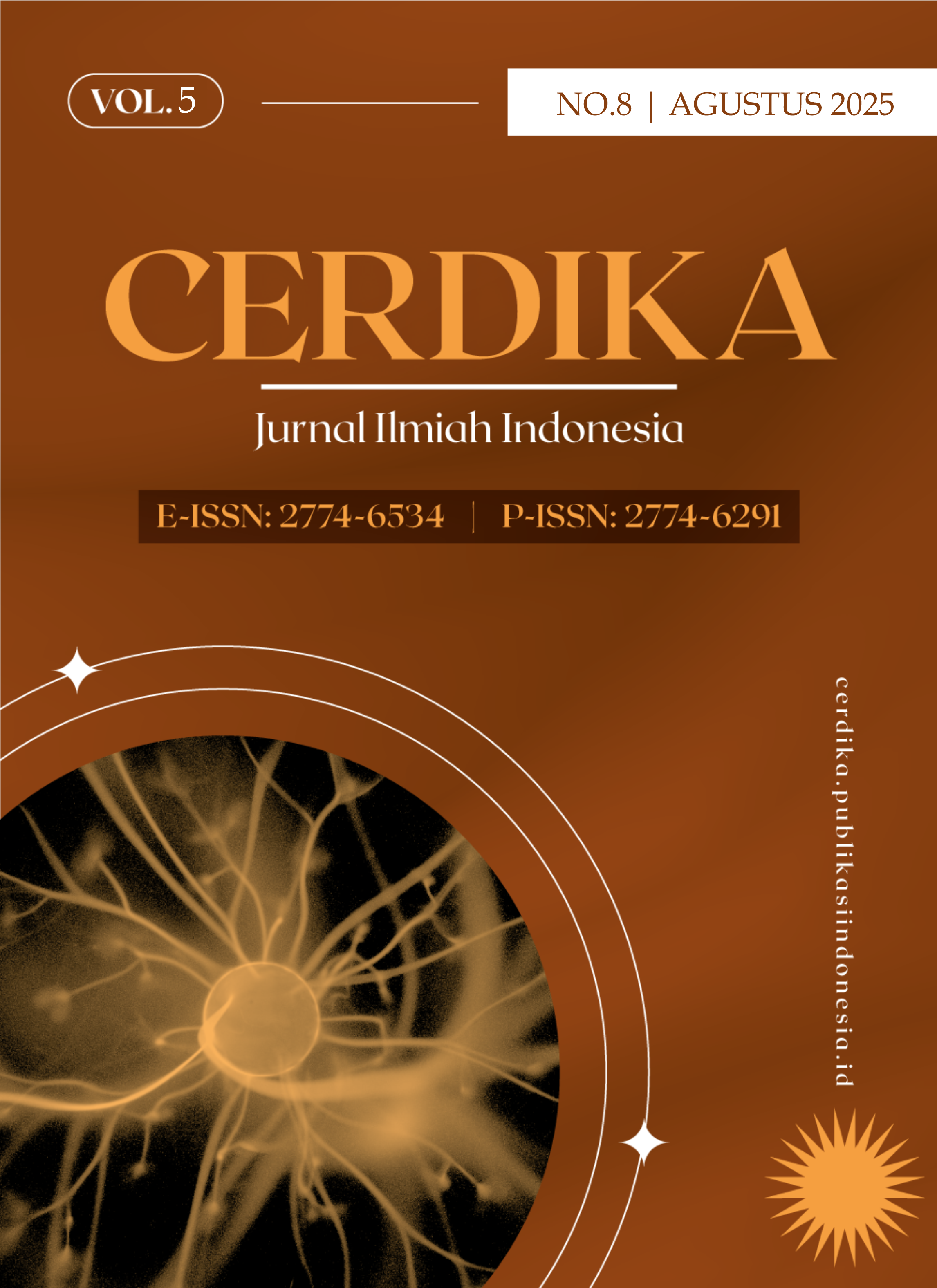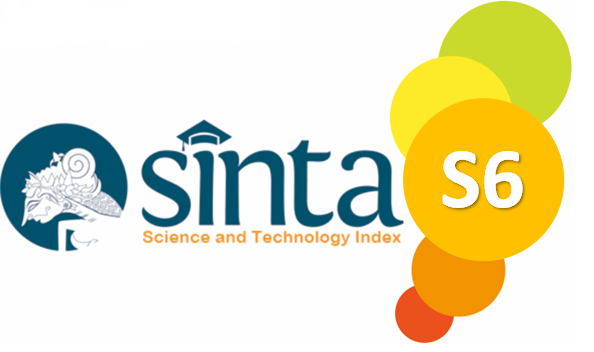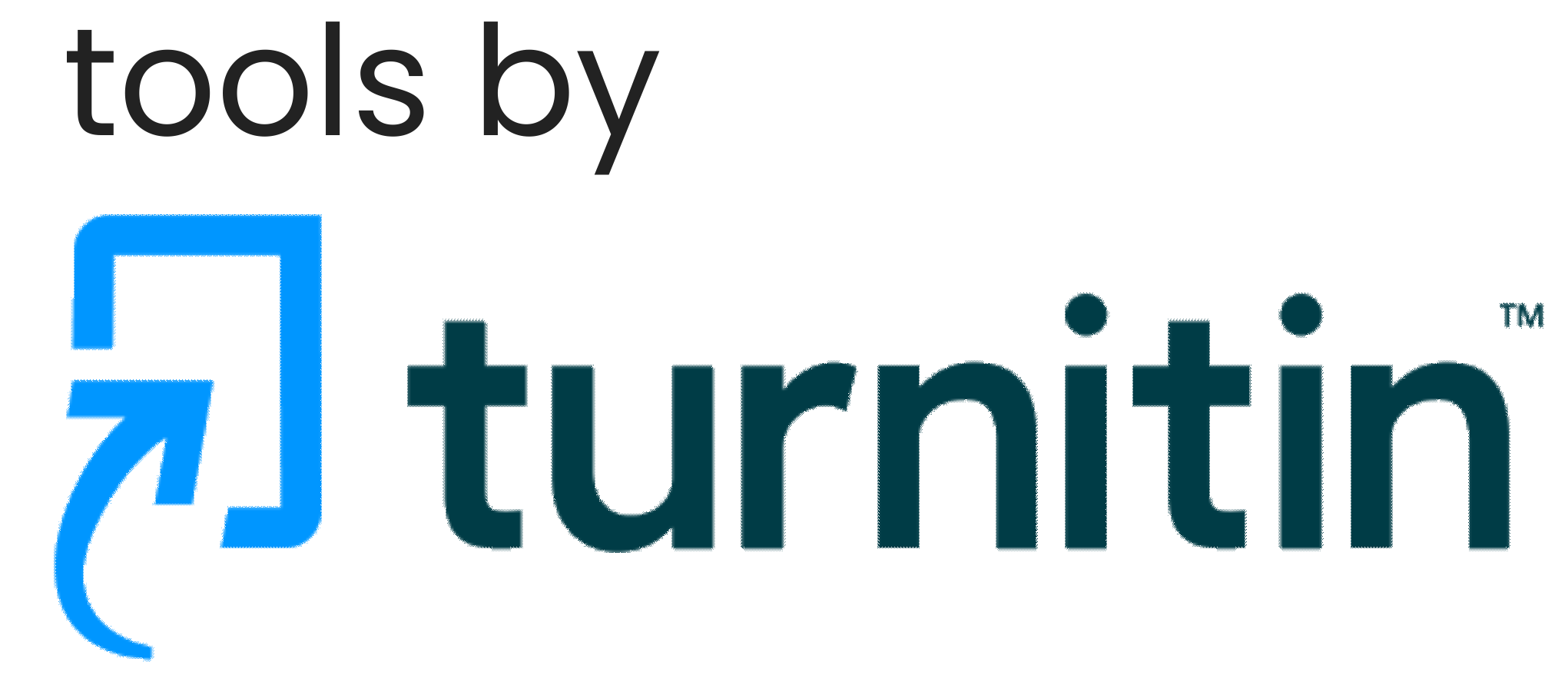Evaluating Cognitive Levels of Reading Comprehension Questions in Ninth Grade English Textbooks Using Revised Bloom’s Taxonomy
DOI:
https://doi.org/10.59141/cerdika.v5i8.2795Keywords:
Reading comprehension, cognitive levels, Revised Bloom’s Taxonomy,, higher order thinking skill (HOTS),, lower order thinking skill (LOTS)Abstract
Reading comprehension remains a critical challenge in English as a Foreign Language (EFL) education, particularly regarding the cognitive levels of questions presented in textbooks. This study aims to evaluate the cognitive levels of reading comprehension questions in the ninth-grade English textbook "Think Globally, Act Locally," published by the Indonesian Ministry of Education and Culture in 2018, using the Revised Bloom's Taxonomy framework. The research employs qualitative content analysis to systematically examine and categorize all reading comprehension questions according to six cognitive domains: remembering, understanding, applying, analyzing, evaluating, and creating. A total of 60 reading comprehension questions were analyzed across multiple units of the textbook. The findings reveal that 63.33% of questions focus on lower-order thinking skills (LOTS), while only 36.67% promote higher-order thinking skills (HOTS). Specifically, remembering and applying questions dominate with 28.33% each, while analyzing (15%), evaluating (10%), and creating (11.67%) questions are underrepresented. This imbalance indicates limited opportunities for students to develop critical thinking, problem-solving, and creativity skills essential for 21st-century learning. The findings provide crucial insights for educators, curriculum developers, and policymakers to improve teaching materials alignment with national curriculum goals that emphasize critical thinking and analytical skills development.
Downloads
Published
How to Cite
Issue
Section
License
Copyright (c) 2025 Arka Marlino

This work is licensed under a Creative Commons Attribution-ShareAlike 4.0 International License.











